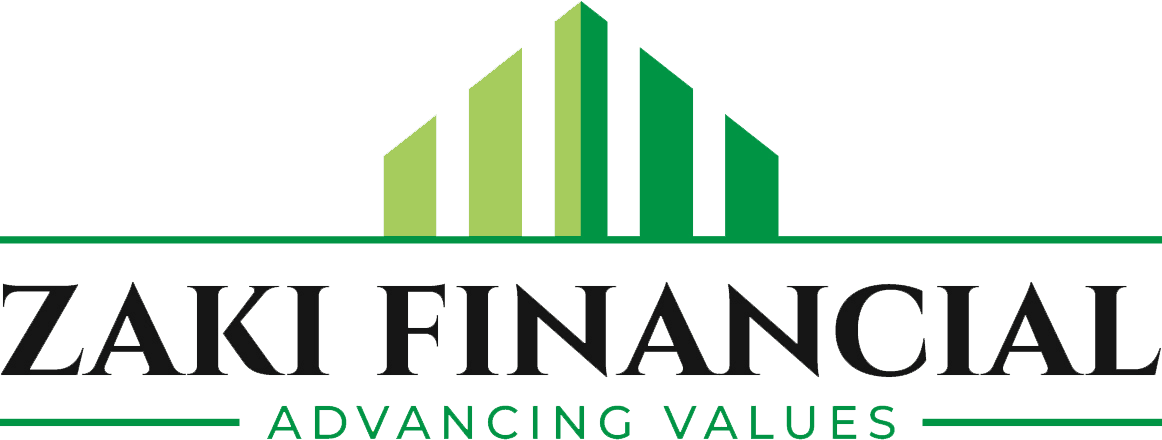Automated Budgeting, Debt and Savings Plan
An automated financial planning program based on a question-and-answer model can generate a foundational strategy for budgeting, debt management, and savings without requiring personalized advisory services. By prompting a user for key quantitative data—such as income, recurring expenses, and a detailed list of debts with their corresponding interest rates—the system processes this information against established financial principles. The output is a cohesive plan that typically includes a categorized budget using a framework like the 50/30/20 rule, a prioritized debt-repayment schedule recommending either the "avalanche" or "snowball" method, and a clear savings schedule aimed at building an emergency fund. While this tool does not account for an individual's specific life goals or risk tolerance, it provides a powerful, data-driven, and impartial roadmap for users seeking to establish financial order and discipline.
Automated Investment Financial Plan
Automated Financial Goals Plan
$50,000 in 5 years, you need to save $X per month." While the tool provides clarity and a quantifiable target, it doesn't offer strategic advice on how to free up that cash flow or select the best investment vehicles for that specific goal's timeline.Automated Retirement Plan
$50,000 in 5 years, you need to save $X per month." While the tool provides clarity and a quantifiable target, it doesn't offer strategic advice on how to free up that cash flow or select the best investment vehicles for that specific goal's timeline.
Automated Educational Plan
Automated Educational Plan
Automated Tax Strategy Plan
Automated Charitable Legacy Plan
Automated Insurance Plan
$1,000,000 term life policy. This is a purely mathematical estimation and is not a substitute for consulting with a licensed insurance agent, as it doesn't account for health underwriting, policy types, or individual circumstances.